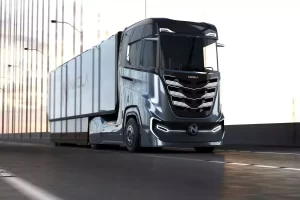A car is simply a wheeled moving object used for transport. Most definitions of automobiles state that they are run on roadways, seats eight to twelve passengers, have four wheels, and primarily to transport persons instead of products. In a way, this makes sense because when someone buys a car, they are buying something that is made for use on the road. But a car does more than just transport persons.
A car uses three essential elements to remain functional: power, weight, and rolling friction. Power is determined by an internal combustion engine, which creates an output of energy. The weight of the vehicle depends on how much of that power is generated by the engine and how much the vehicle is able to push back against the pull of gravity. Rolling friction is what causes the wheels to turn and to move with the motion of the axle and the road.
Car and Aircraft Engines is very different from one another, but both require a tremendous amount of power. A typical aircraft has about twice the capacity of a car or a truck. This is one of the reasons why vehicles have been so heavily laden with heavy weight steel and aluminum for their frames and air-frame. Because of this, automobiles have been limited in the types of wheels that can be used on them; wheels that can withstand the tremendous forces placed upon them by the tires on a typical automobile.
Cars use a different kind of mechanism to create the amounts of rolling friction necessary to function. This is known as the unassisted braking system. In this system, a slight push on the accelerator pedal activates the drum brake system, which provides controlled braking. Without the assistance of an engine, there is little need for riled wheels, thus making the vehicles with raked wheels the only ones that can perfectly perform under such conditions. But this feature comes with a big price: because of this, cars and aircraft engines are much more expensive than their less bulky counter parts.
On the other hand, cars use the concept of friction, which is caused by an application of force along a surface. This force acts in a linear fashion and results in a net sum of mechanical energy. The sum of the mechanical energy, however, is in a non-linear position: the net electrical energy must also be linearly related to the total mechanical energy. If this were not so, the vehicles would simply be power plants, able to generate their own electric energy and therefore not be able to slow down or stop whenever the situation calls for it. Thus, car parts must be carefully chosen according to their specific needs, and the correct application of their brakes must always be achieved.
The engines used in commercial aircraft are rather unique compared to automobiles. Unlike cars and trucks, which have a standard size and design restrictions, commercial jets have dimensions which allow them to carry more weight. This weight makes them significantly more difficult to control, and when it comes to commercial jet engines, a lot of attention goes into matching the exact right blend of fuel (jet fuel) with the exact right mixture of air (fuel and oxygen). For this reason, there are literally thousands of elements involved, and they must work in unison to provide the correct thrust, thus leading to extremely precise and reliable operation. It’s no wonder that brakes play such a crucial role in aircraft power, as if one component fails, all other components could fail simultaneously, causing a catastrophic chain reaction that could end up destroying the aircraft. Needless to say, this is not something any driver would wish to have to deal with, so special considerations must be taken when installing and using vehicle brakes.







More Stories
Defensive Driving Techniques for Urban Areas
The Luxury Cars Market – Trends and Consumer Preferences
The Benefits of Regular Car Maintenance